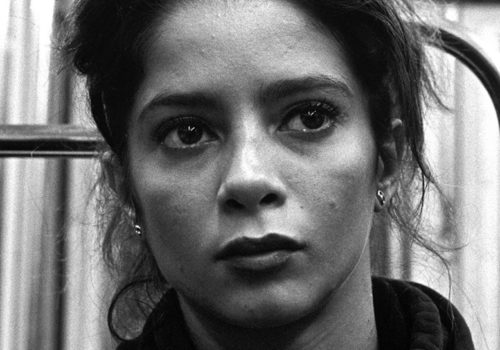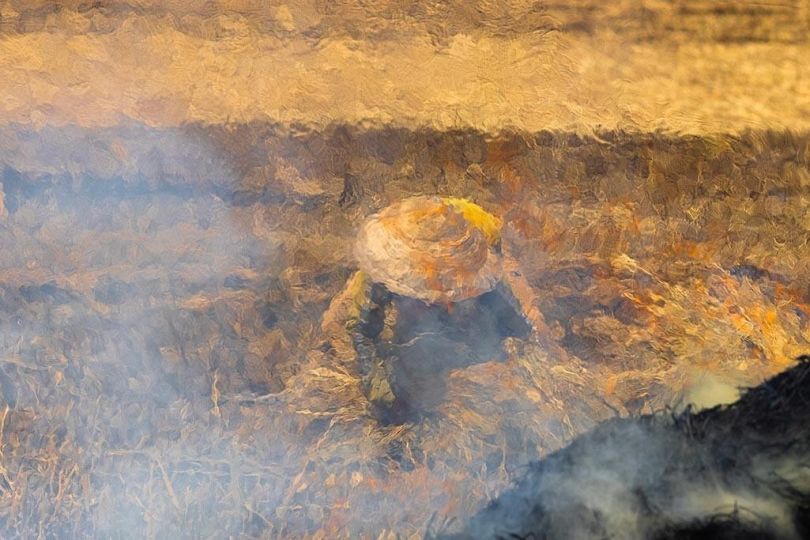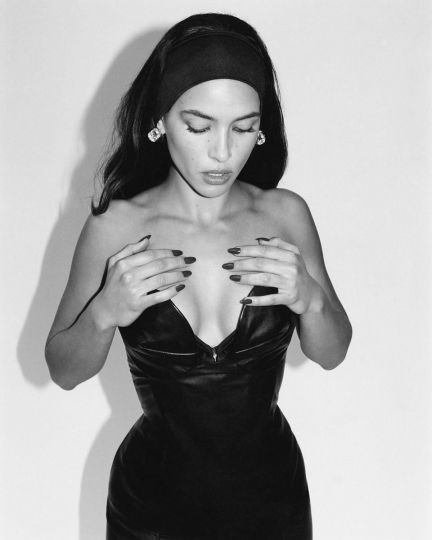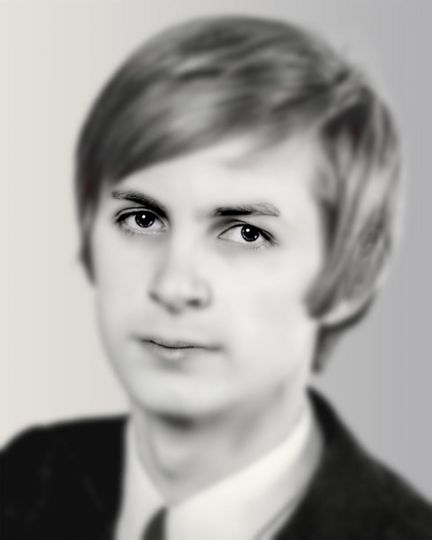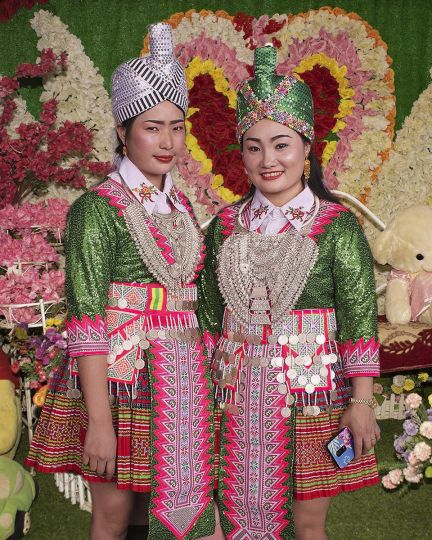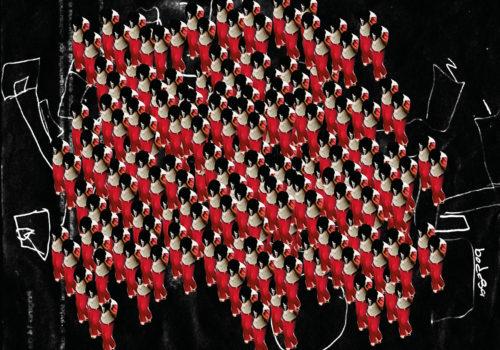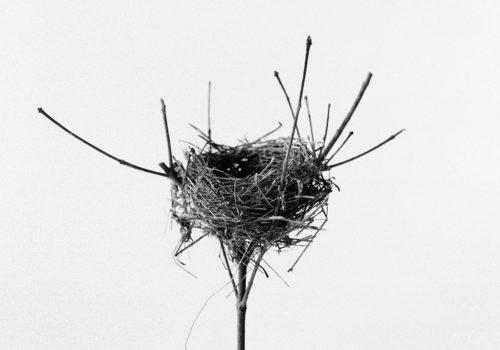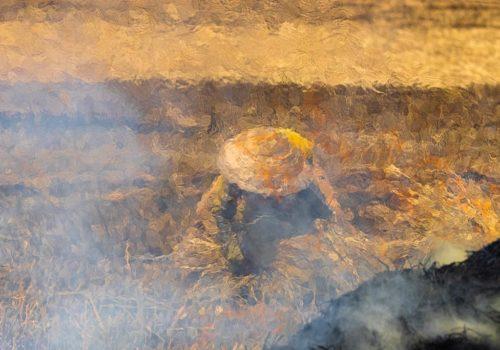NOW FACES shows the works of 32 photographers and artists who had a decisive impact on the renewal of the photographic portrait in Europe over the last 25 years. On top of great artists such as Anton Corbijn, Rineke Dijkstra, Boris Michailov, Thomas Ruff, Juergen Teller and Stephan Vanfleteren, the selection also comprises lesser known but equally influential photographers. The exhibition highlights a new trend of the genre, within which not only the “sitter” – known or anonymous – but also its social or cultural identity are key.
Questions to Frits Gierstberg, the exhibition curator.
The exhibition shows photographic works since 1990. Why this date? Is it a change in the concept of identity, and if yes, what has changed since 1990?
Well actually it is 1989, the year when the Berlin Wall came down, an event that marked the end of communism and socialism but also a new beginning for Europe as a continent of unified nations. Around the same period, the internet came up rapidly and the process of globalization gained momentum. These events did not change the concept of identity, but challenged existing ideas of national and individual identity in many different ways. Also, there is no direct influence on the art of the portrait, but it is remarkable that artists in Europe were developing new concepts of the photographic portrait in that period.
Is twinning the painting and the photo portraits exhibitions, aimed at engaging different audiences together on a critical path or simply a way for each community to discover the other one’s world?
The basic idea is to trigger the different, usually separated audiences to visit both exhibitions, discover the ‘other’ world and reflect on the similarities and differences. I hope that people will feel challenged to do that.
More specifically, what coherence drove your choices of photos or photographers?
The works are selected on the basis of the artists’ interest in the portrait as a reflection on issues of identity and representation as well as their urge to develop new forms for it, although I did not select any radical formalism or experiments with Photoshop etc.. The focus is really on the individual person in the image, and in a way a certain humanistic view.
The spectator, model, photographer intricate relationship (?) bursts out of these photos. What do you think triggers it from a viewer view point: identification, interaction with the context, empathy or worse voyeurism?
What triggers the viewer is usually a combination of the ‘meeting’ of the other, identification and empathy. Looking at somebody’s portrait always implicates an act of voyeurism.
Has the portrait a particular role in photography?
The portrait is a very specific genre in photography as it deals with the human face. I would say it plays a particular role in our social life and in society in general.
The « Selfie » success is indicative of a hyper-individualistic society… Do you think it can/will influence the art of photo portrait?
Not directly or immediately, but I’m sure there will be artists who choose the selfie as a point of departure for new work. Surely it is interesting to think about the crazy way in which we place our self portraits so frequently and in such huge numbers on the internet for everyone to see. It is something desparate .
Can we say that photography is a realistic medium – more than painting could be?
Certainly analog photography is a realistic medium, meaning that it has a bond with what we call reality, even if that is a very subjective term. This doesn’t mean that photographs are true, but that they depict the world in a manner that comes close to how we see it with our eyes. Painting is very different, because the realism of painting is not naturally there but intended by the maker. Nevertheless, in this case, it is interesting to compare the two.
Does the individual, the subject, need his context to be defined, understood and even better to move the viewer? Could a “naked face”, without reference, engage with us as much?
Yes it can, see for example the portraits by Anders Petersen in the exhibition. We do not know anything about these people yet they are very confrontational I would say.
What makes a “successful” portrait for you?
It is very hard to say what makes a portrait successful. There is no simple formula. One can see this in the exhibition, there are so many ways to make a portrait. Within the limits of the genre, there is an enormous richness of styles and forms.
Which quality must a photographer have to deliver a good portrait?
Probably the most important quality for a photographer to have is to be able to communicate with the person to be portrayed.
If you had to get your portrait pictured by one of these photographers, who would it be?
I’d be very curious to see a portrait of myself made by Beat Streuli.
Which one of these photos is your ‘coup de cœur’, the portrait that you would not resist taking home with you?
Today it is Boris Michailov’s portrait of the poor man and woman in Charkov who are showing us a dead fish and a bottle of wine. I like the symbolism of that double portrait and the different layers of social and political critique it contains, but also the beauty of their friendship.
INFORMATIONS
If you’re looking for hôtel in Brussels, Bruxelles, visit the website http://www.allovoyages.fr
FACES NOW
From February 6th to May 17th, 2015
Palais des Beaux-Arts
Rue Ravenstein, 23
1000 Brussels
Belgium
From Tuesday to Sunda 10am – 6pm
Entrance :8€/6€
Téléphone : 0032 2 507 82 00

